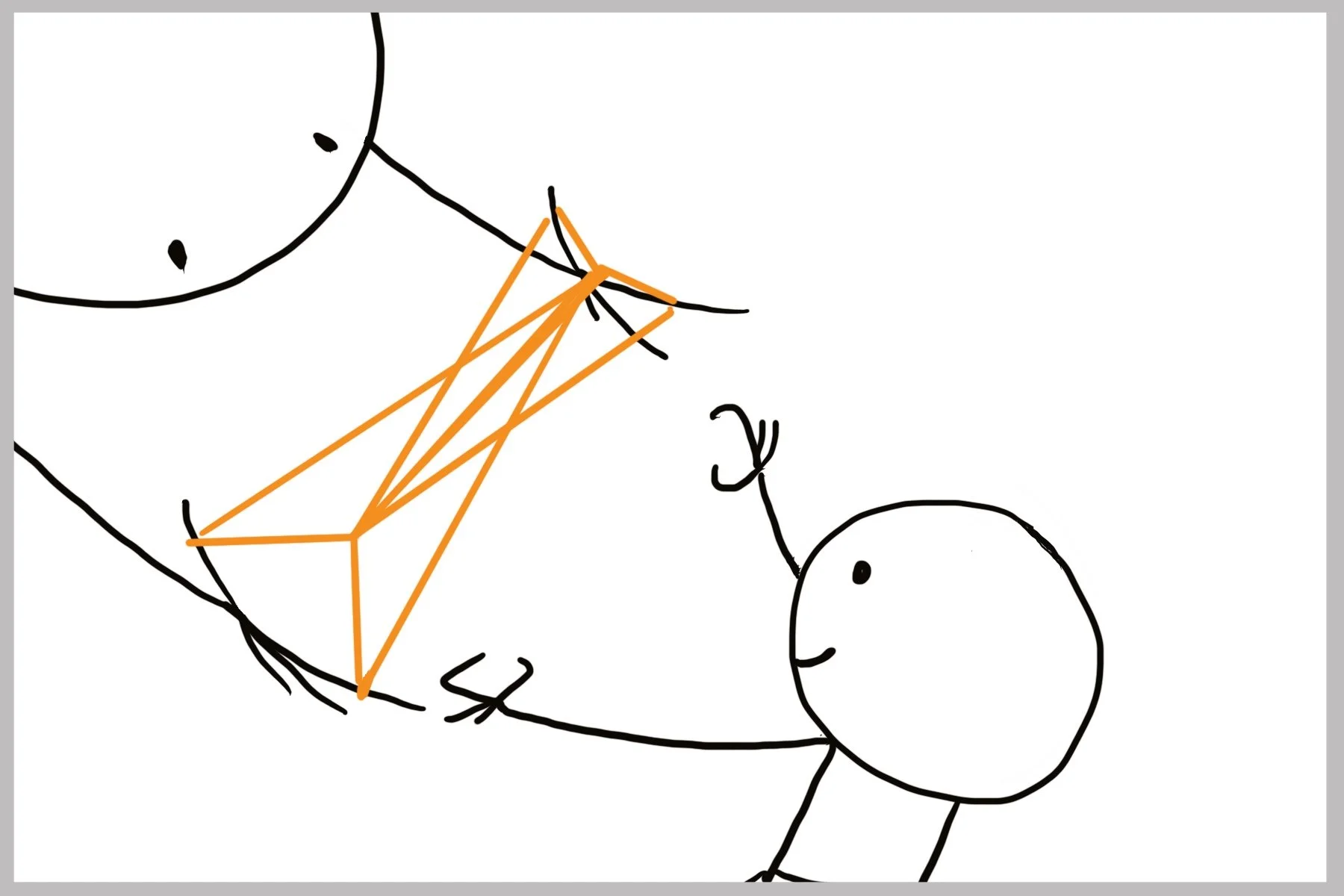What Parenting Taught Me about Designing for Children
Parenting changes you. Parenting changed the way I see everything – my work included. Initially, I felt like parenting undermined all the professional knowledge I had as a designer for children. It was confusing, and difficult to reconcile. I eventually realized, however, that the opposite is true, and that observing my children and seeing them grow has been a vital part of my professional evolution.
Actually, trusting a parent’s perspective has made me a better designer in children’s space. My empathy and observation skills became stronger and, naturally, I started relying on them more. It pushed me to sail on a journey of research, blogging, and sharpening my design toolbox. Another significant change was the inner voice which became my quality assurance compass that always has the same question: “Would you give this product/game/app to your children?”.
While my takeaways are certainly colored by my own personal experiences, I believe that the lessons learned are relevant to everyone who designs for children.
Everything is a learning opportunity
Before becoming a parent: I knew that I wanted to be a game designer and that learning games for children are my path.
Now I realize: For children, living is learning. It seems useless ––if not misleading –– to distinguish between learning and non-learning games. Whether intentional or not, every waking moment is an opportunity to play and learn something new.
How it is relevant to design: We must treat every product and play experience for children as a learning tool, because that’s what it is for them. With that in mind, products intended for learning should also coexist with casual products, meaning they must delight and uphold the highest standards.
Enchant with intrinsic reward design
Before becoming a parent: There are well-known rules and techniques that make game design so appealing to us. I thought that by mastering them I could achieve the expertise needed to design for children.
Now I realize: While game design magic is powerful, it can sometimes be too powerful. For example, games use various reward systems to motivate the user to progress and attain goals – like leaderboards, badges, game currency, etc. However, when there is too much external stimulation, kids’ natural inclination to learn is often weakened.
How it is relevant to design: Let’s find ways to design for intrinsic motivation. In other words, let’s create opportunities and space for children to explore, discover and seek – driven by their own hunger to know more! Stimulating intrinsic motivation is tricky but totally worth it!
Kids are great partners
Before becoming a parent: Children seemed adorable and smart, and they always intrigued me. So, I decided to devote my life to helping them learn and develop.
Now I realize: Children make the best partners when we see them as such. In our family, we embrace the Montessori approach, engaging our children in our daily lives and decision-making and giving them age-appropriate responsibilities and autonomy.
How it is relevant to design: Let’s involve children in co-creating products – not just as testers, but as full partners in the design process! By guiding and helping them be heard, children’s input should influence the products and services that are, after all, designed for them.
Allow yourself to grow
Being a parent does not make me understand all children or give me all the answers. In fact, it raises even more questions that I am eager to find answers to! This cycle keeps me attentive, joyful, curious and brave. It takes courage to accept answers that mess with your previous knowledge and beliefs. But it is part of a growth package.
If you are in a children’s space, spend time with children, observe and involve them in your challenges as much as possible. By children I mean your children, your friends’ children, random children – the more, the merrier. Grow with them!
